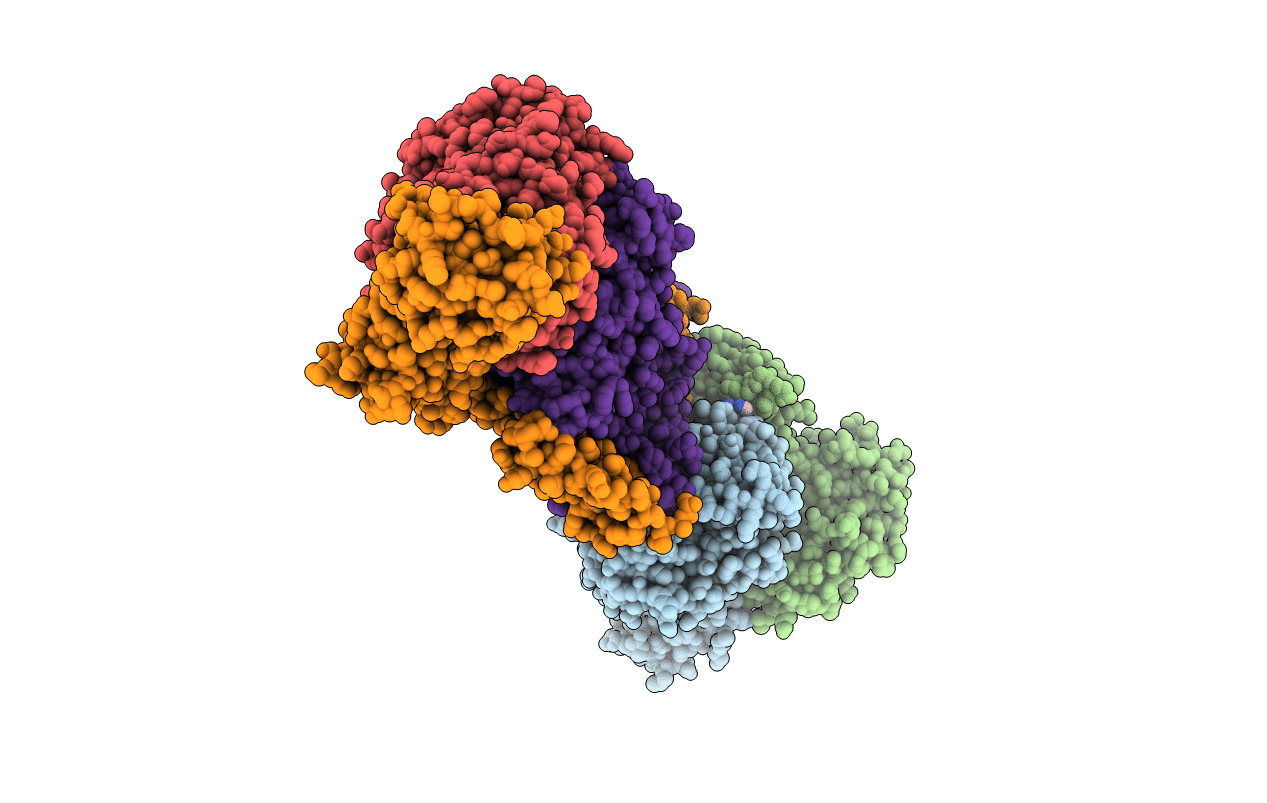
Deposition Date
2007-09-05
Release Date
2007-11-27
Last Version Date
2023-08-30
Entry Detail
PDB ID:
2R6G
Keywords:
Title:
The Crystal Structure of the E. coli Maltose Transporter
Biological Source:
Source Organism:
Escherichia coli (Taxon ID: 83333)
Host Organism:
Method Details:
Experimental Method:
Resolution:
2.80 Å
R-Value Free:
0.27
R-Value Work:
0.24
R-Value Observed:
0.24
Space Group:
P 1


